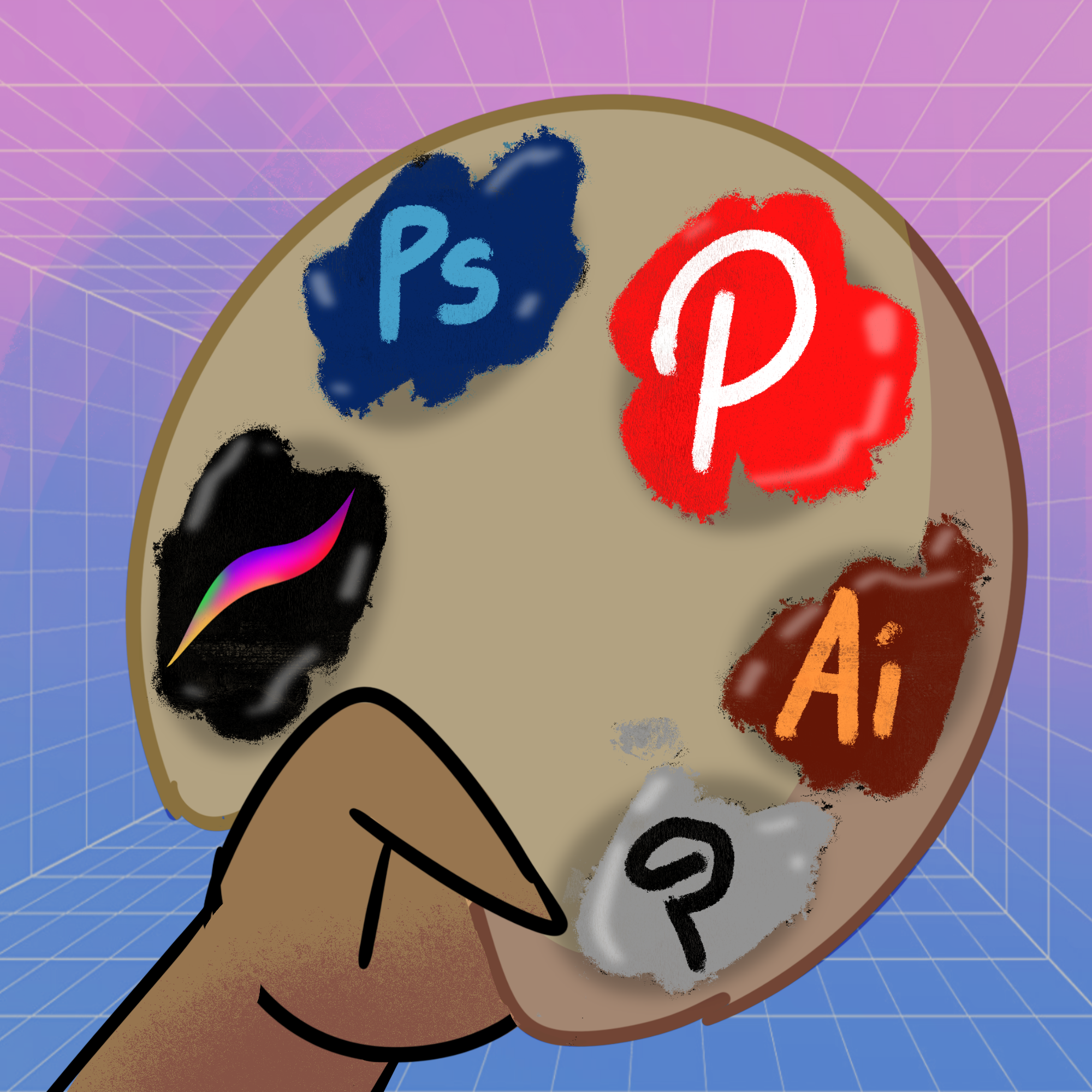
The intersection of art and technology
In the rapidly evolving world of 2024, the influence of technology extends far beyond smartphones and computers. It has spread to many areas, including art. This interesting mix of art and technology has led to new ways of making, showing and enjoying art, changing how we see and appreciate it. The digital age has mixed up the lines between different types of art. Now, artists can use things like sound, light and movement in their work. The mix of art and technology is creating new ways for artists to be creative.
Technology has had a profound impact on how we display art. Traditional galleries and museums have made way for digital spaces, offering virtual tours that allow individuals around the world to appreciate works of art without leaving their homes. This not only democratizes art consumption by making it accessible to all, regardless of location, but it also allows artists to reach a global audience, broadening their influence and impact. This shows how art and technology are closely linked.
This is a very exciting time for artists and people who love art. Because of technology, artists can explore in ways they never could before. We can’t wait to see what this means for the future of art.
Digitizing of art
Digital tools and software have created a new type of artist. These artists use these tools to make complex artworks that can’t be made with traditional mediums. Examples of this include digital art, 3D printing, virtual reality, digital age film, etc. These technologies have greatly increased what artists can do.
Take digital art, for instance, it is a place where artists can push the boundaries of their creativity to new extremes, creating works that are intricate and sometimes even interactive. The use of software allows for complexity that simply cannot be achieved with traditional tools, opening up an entirely new array of possibilities for artistic expression.
3D printing, on the other hand, has revolutionized sculpture and other forms of physical art. Artists can now design their works digitally and then bring them to life in three dimensions with a level of detail and precision that was previously unattainable. This not only expands the range of what artists can create but also opens up opportunities for collaborations between artists and technologists.
Digital filmmaking
Film is a special way of telling stories that combines art and technology. It uses different parts like writing, acting, filming, editing and sound to create a full experience. This lets viewers feel like they’re in different places, times and realities.
Film can make us feel many emotions, think deeply and start conversations. It lets artists talk about everything from personal stories to big social issues. By using visuals, sound and storytelling in creative ways, filmmakers can make stories that connect with people on a personal level.
The accessibility of art and technology on campus can enable students to experiment with new mediums and techniques, potentially sparking new passions and career paths. The fusion of art and technology can also prepare students for a rapidly evolving digital landscape, equipping them with the skills and knowledge needed to navigate and contribute to the future of creative industries.
An example of this intersection of art and technology on campus is the student-led feature film, “Rejuvenation.” This film, which premiered at the Rialto Center for the Arts on Oct. 5, 2023, represents creative expression and technical skill.
Art and technology together show the endless possibilities of human creativity. The mix of art and technology brings new ideas, pushes limits and makes us think differently about art. It’s not just changing the art world, but also showing us new parts of it. The mix of art and technology keeps creating new things, changing limits and opening new worlds in art.
